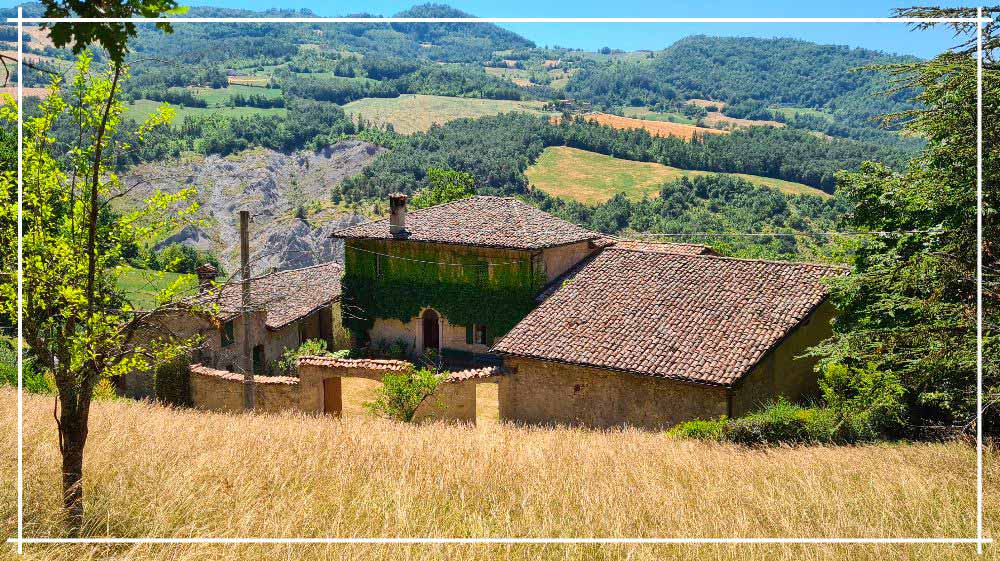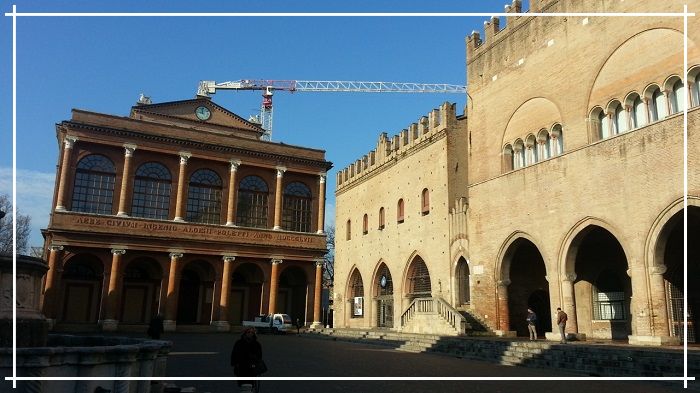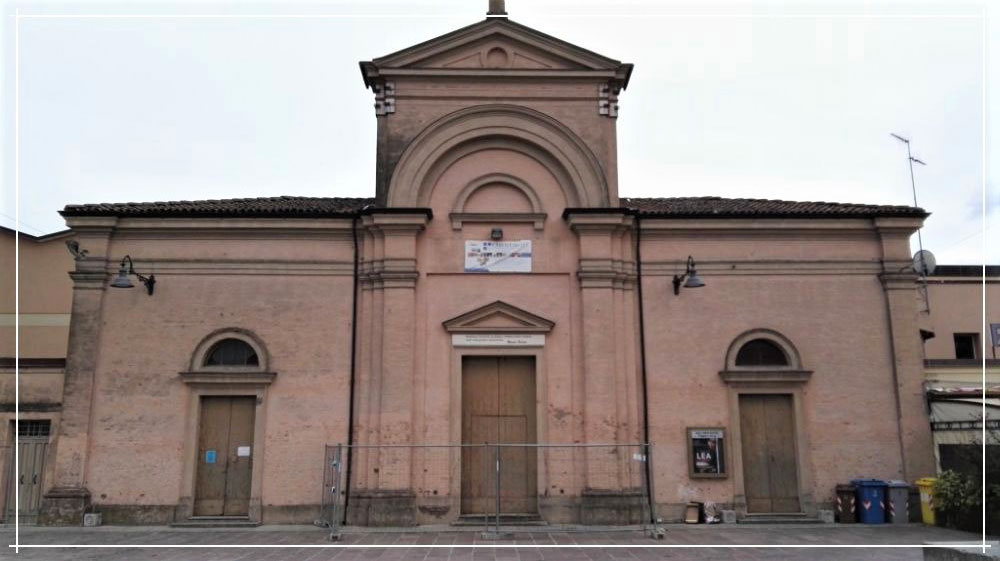Design and construction supervision of structural works for the lighting of the
Reno canal in Bologna
Design and construction supervision of structural works for the illumination of the Reno canal in Bologna
Final design and construction management of the structural works for the construction of the electrical lighting system of the Reno canal in Bologna.
The roads corresponding to the current Vie della Grada, Riva di Reno, Capo di Lucca, Castiglione and Rialto were crossed by the open channels of Reno and Savena.
In these spaces the activities of the common daily life coexisted, dangerously and in precarious hygienic conditions, with the work activities.
Until the first decades of the twentieth century in these canals the commoners drew water, washed their clothes and animals, and swam regardless of the repeated prohibitions of the authorities.
In order to improve sanitation conditions, in the post-war period the city stretches of the Reno canal still running, in the open air, along the streets of the Grada and Riva di Reno were covered.
Only two very short stretches were spared, one running between via Augusto Righi and via Bertiera, the other between via Alessandrini and Capo di Lucca, which remained the only witnesses of a vanished urban landscape.
Thanks to the reopening, carried out in 1998, of the views of the streets of Malcontenti and Piella, where the famous “window“, Followed by that of via Oberdan, the section between via Augusto Righi and via Bertiera has been re-evaluated, becoming a fundamental point of interest for tourists visiting the city, and a symbol of the historical-hydraulic heritage of Bologna Città d’Acque, that the Consortia have been committed for some time to disclose.
Considering that the section concerned was visible only during the day, losing the opportunity to be appreciated at night, the Consortia of the Reno and Savena canals wanted to enhance it by supporting a site-specific artificial lighting project, curated by the architect. Giordana Arcesilai.
From a technical point of view, the lighting project proposes a non-invasive intervention, which respects the place; an almost pictorial intervention, with low intensity of light, which makes use of the reflecting power of water and distributes soft and sparse brushstrokes on the canal in the direction of the current, creating a slight reflection and movement of shadows on the lower part of the facing facades. In addition, evocative images inspired by the engravings of Annibale Carracci and Giuseppe Maria Mitelli are projected on the wall overlooking Via Oberdan to commemorate the ancient crafts linked to the waters of the Reno Canal and the Moline Canal.
The inauguration with the authorities was held on 17 December 2020 while the inauguration for the general public, if possible, is scheduled for spring 2021.
- Achievements Tag: Bologna





